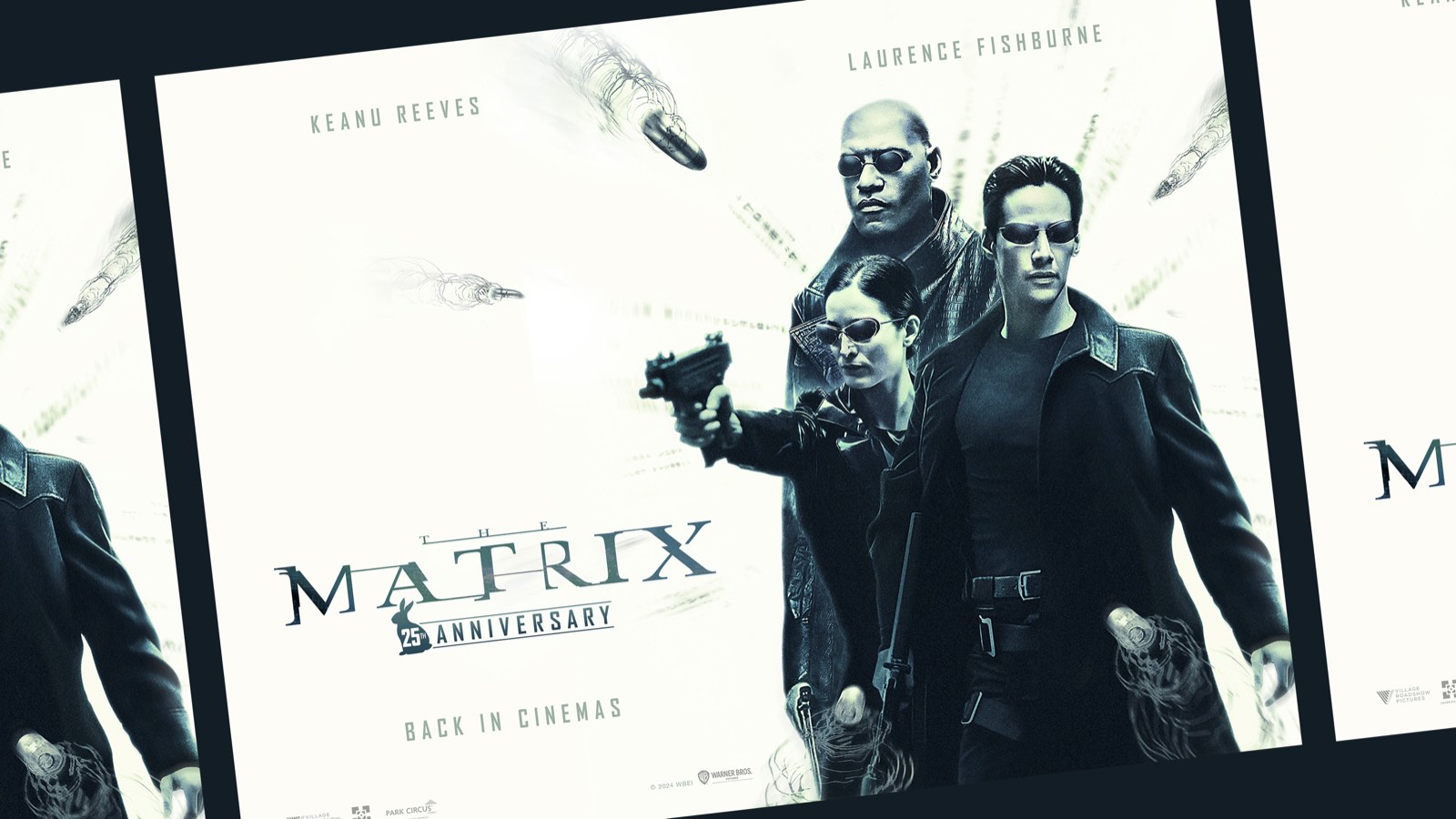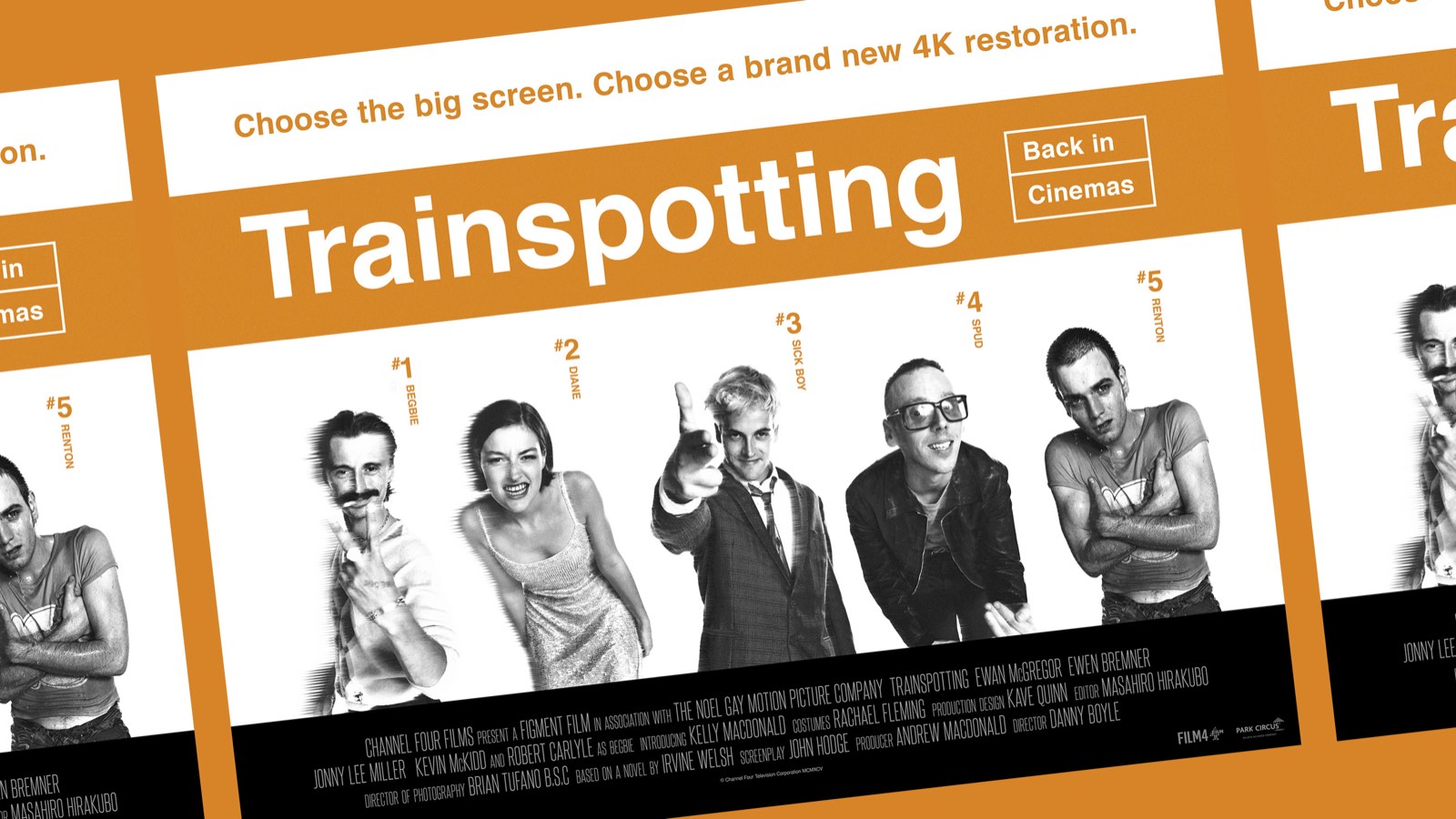
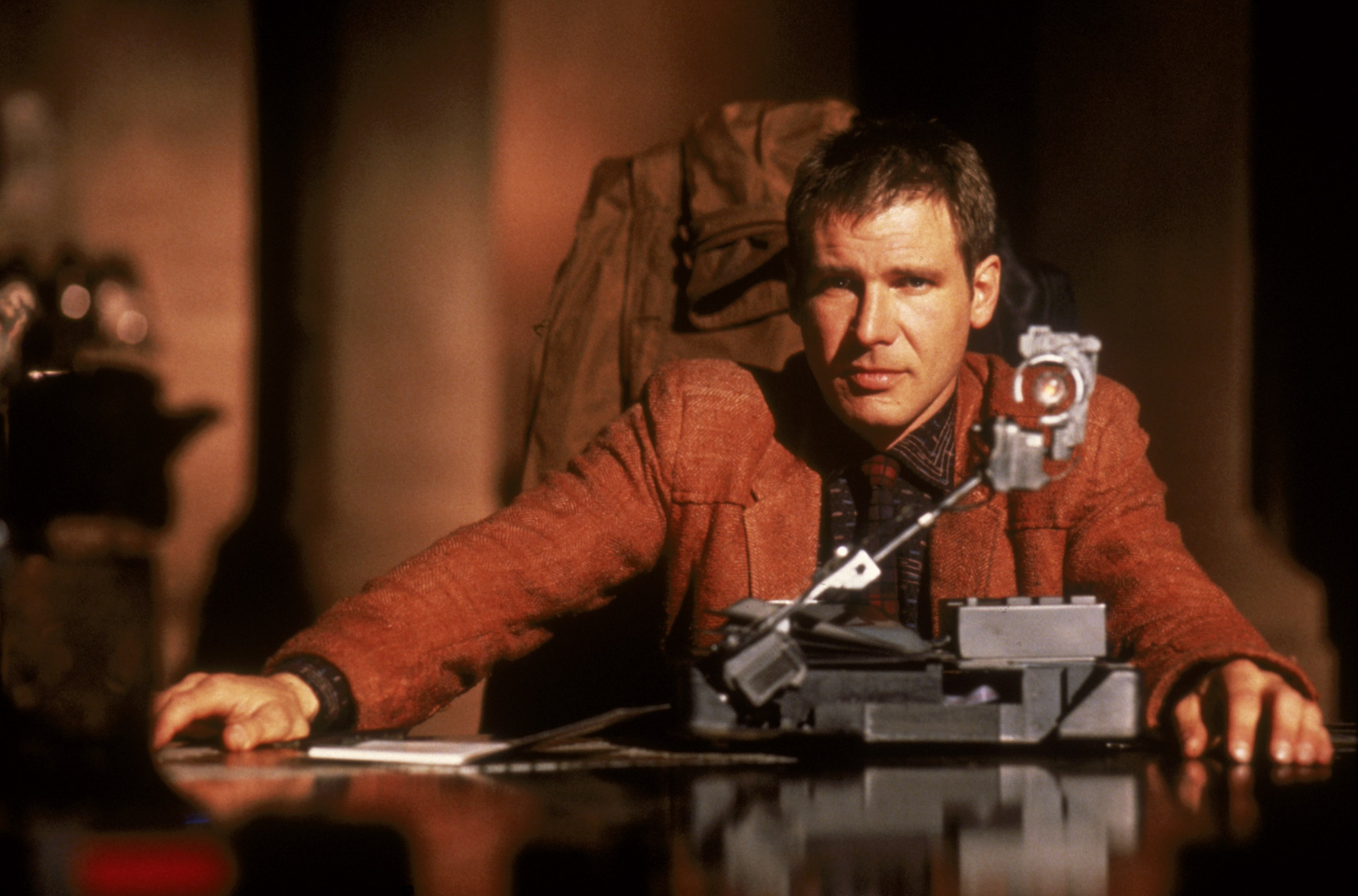
We are thrilled to be supporting the safe reopening of cinemas and to support our friends from across the industry during these turbulent times, we are taking a deeper dive into our catalogue for a closer look at what the theatrical experience means to all of us.
Throughout September we've been taking a closer look at films that stop us in our intellectual and emotional tracks, as we take a look at the theme of RETHINK in cinema, and today we're taking a closer look at Blade Runner with Professor Will Brooker.
Will is Professor of Film and Cultural Studies at Kingston University, London. He is the editor of The Blade Runner Experience - The Legacy of A Science Fiction Classic and author of several other books on popular culture, including Batman Unmasked, Using the Force, Alice's Adventures, Hunting the Dark Knight, Forever Stardust and Why Bowie Matters.
Blade Runner is a film about looking. It opens with a close-up of an eye and closes soon after replicant Roy Batty (Rutger Hauer) has delivered a mournful monologue about the sights he’s witnessed, which will die with him: ‘I’ve...seen things, you people wouldn’t believe.’ Its key question – what makes us human? – is resolved within the film by a device, the Voight-Kampff, that measures capillary dilation of the iris and enlargement of the pupil. On its release in 1982, it was a look forward into the possible future. Now, with our 2020 vision, its portrait of Los Angeles 2019 becomes a look back into an alternate past. Unbelievably, this science fiction classic is now, on one level, a historical movie.
Blade Runner works on multiple levels; it’s a film of layers. Its Los Angeles streets were constructed through a process of ‘retrofitting’ that added junk, graffiti, posters, extensions and alterations to the set until the city felt as though it had genuinely been lived in for decades. At its simplest, it’s the story of future cop Rick Deckard (Harrison Ford) hunting down rogue robots; I was among the viewers of the time who expected an action flick peppered with Han Solo wisecracks and Indiana Jones stunts, and found it pretentious, ponderous, dull. The Los Angeles Times dubbed it ‘Blade Crawler’. But it’s also a philosophical exploration that quotes William Blake and provides a perfect example of Baudrillard’s theories
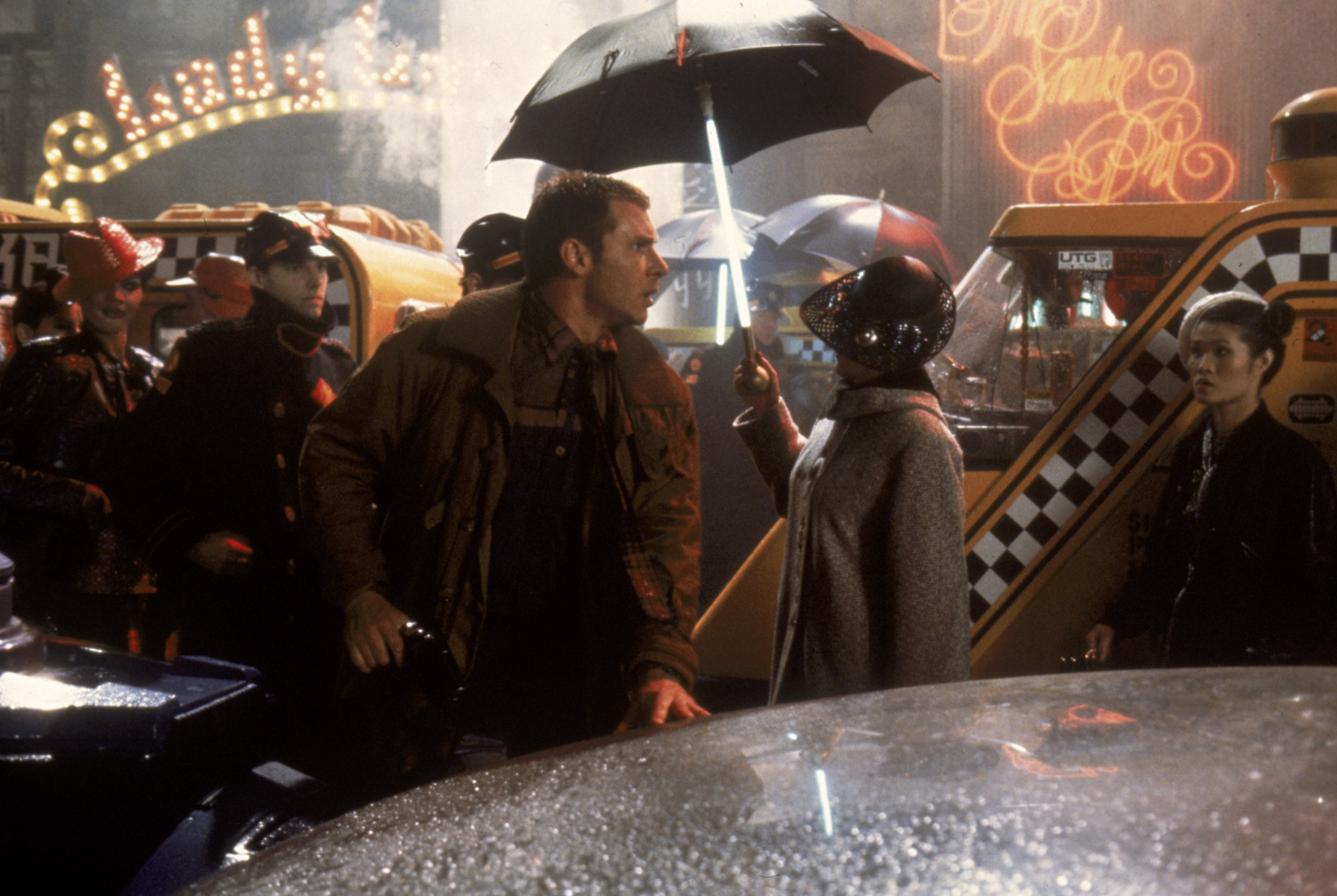
Blade Runner: The Final Cut (1982)
Blade Runner is more than one movie. It exists in three official versions – the original, the Director’s Cut and the Final Cut – but diehard fans will also be familiar with the Denver and Dallas workprint, the International Cut and the US broadcast edition, each of them slightly different. It is an unfixed text, fluid and inconsistent, some of its internal errors deliberate – intended to challenge our sense of memory and perception – and some accidental, the result of imperfect edits and slips in the script. We never know for sure, for instance, exactly how many replicants Deckard is hunting. These gaps in the story allow us to guess at explanations, most obviously that Deckard is himself artificial.
And Blade Runner is a movie about screens. It gained cult popularity, after disappointing at the box office, through the then-new technology of videotape, enabling viewers to freezeframe and rewind to examine its complexities in detail. In some ways, its dense puzzles make it ideally suited to the small screen, just as Deckard, in the movie, detects the replicants by peering at his TV-like device, the ESPER, and searching images for clues. But it’s also about huge vistas, as well as concentrated, close up analysis. Deckard squints at his domestic small screen, but he also sits back in his flying car, the Spinner, and gazes through the windscreen at stunning views of Los Angeles, as the camera swoops around skyscrapers.
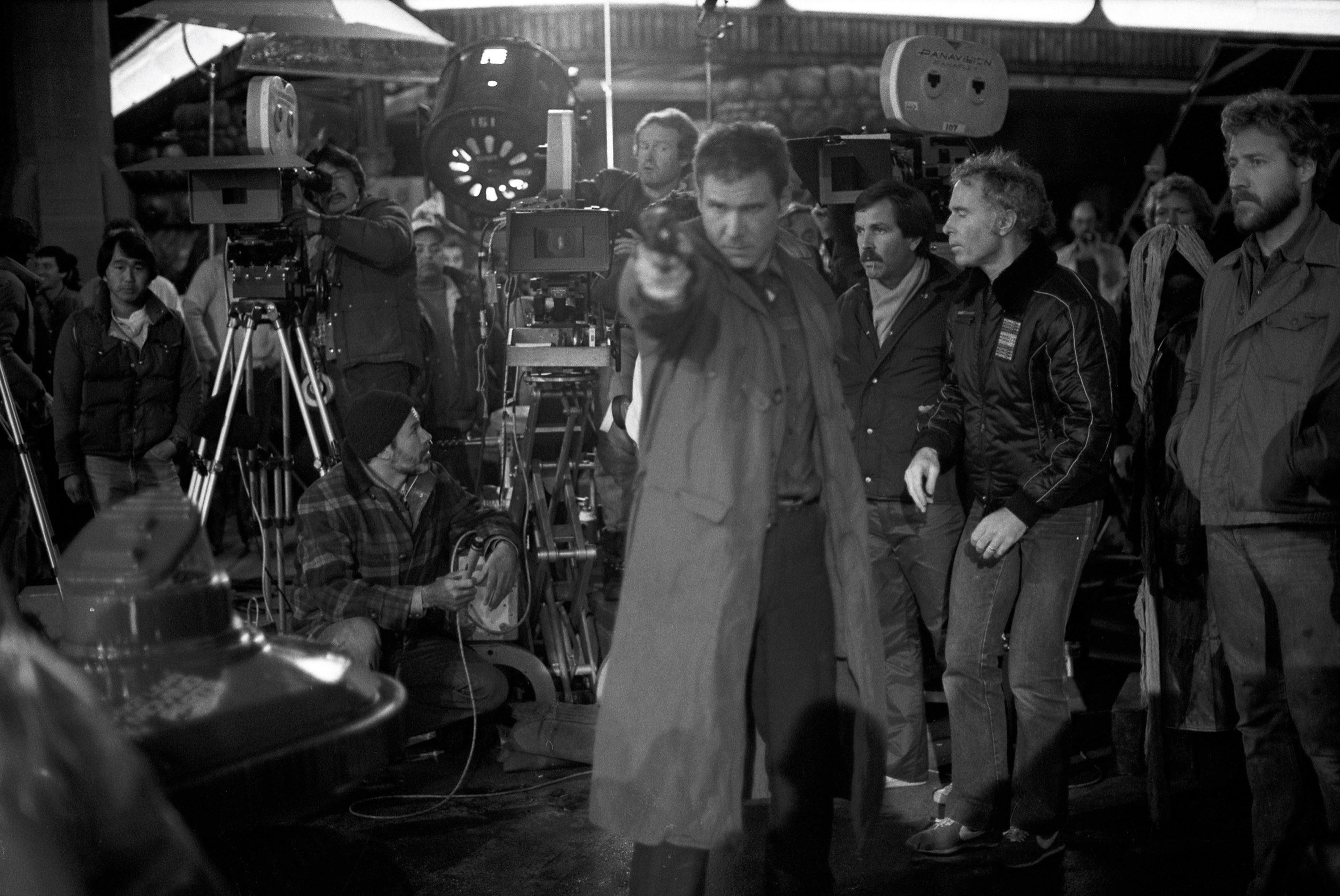
Blade Runner, to me, is not so much a movie as a world: that’s why I return to it so often, making new discoveries with every visit. And while its popularity with postmodern scholars is partly due to home video, DVD and digital formats – I’ve certainly studied it frame by frame on a PC – it also deserves to be experienced in its original theatrical form.
There’s only one way to fully experience Ridley Scott’s tremendous, timeless opening shot of a dark, flaming Los Angeles 2019, as the Vangelis soundtrack twinkles and booms like fireworks; on the biggest screen you can find, with the most powerful speakers. It’s a film that amply repays detailed study, but sometimes you just have to sit back and submit to it in the cinema.


